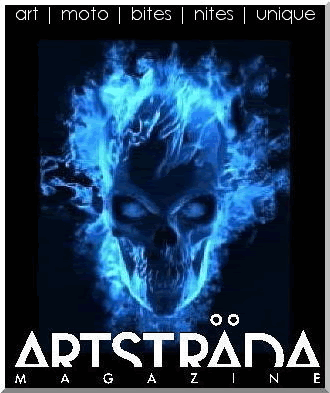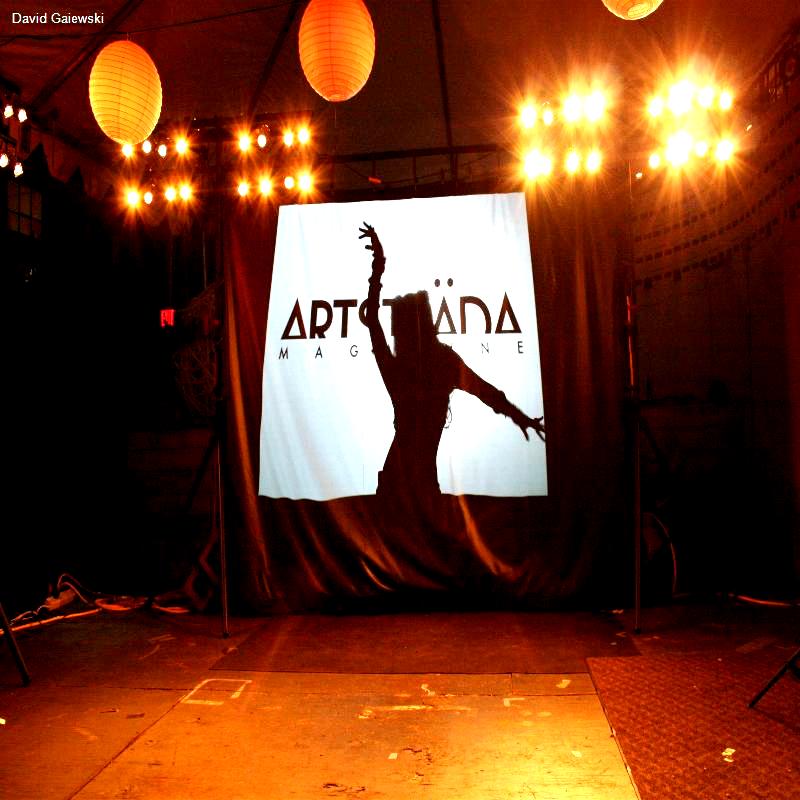Dutch Students Prepare for Fifth World Solar Race Win
For more news visit ☛ http://english.ntdtv.com
Follow us on Twitter ☛ http://twitter.com/NTDTelevision
Add us on Facebook ☛ http://facebook.com/NTDTelevision
A team of Dutch students are using carbon fibers and tailored drivers' suits to make their car faster than ever in the 2011 World Solar Challenge in Australia. They've already won the trans-continental event four times and now, they're determined to make it five.
A team of Dutch students have been testing what they hope will prove to be the world's fastest solar car at this year's World Solar Challenge.
Dozens of teams from the world's most prestigious technical universities and colleges will compete from October 16-23.
The course runs from Darwin to Adelaide in a single stage, for a total distance of 1,864 miles (3,000 kilometers).
Thirteen Dutch students put their studies on hold for a year-and-a-half to design Nuna 6, the latest version of solar car Nuna.
[Pier van Zonneveld, Dutch Solar Team Leader]:
"The car you can see next to me is Nuna 6 and we already made five Nunas and with these we participated in bi-annual solar race in Australia and we won four out of five."
The students recently tested the resistance of their new solar car in the wind tunnel of the Dutch National Aerospace Laboratory.
The car was designed to fit the students, although they in turn were chosen because their body shape suited the car, as van Zonneveld explained.
[Pier van Zonneveld, Dutch Solar Team Leader]:
"It's actually a tailored suit designed for the measurements of selected drivers from our team, so in the beginning of the project we measured every team member and the best team members compared to each other, measurement-wise, were selected to be the drivers of the car and the car was designed around them. For instance, the width of the hips are very important in the design of the car and that's what we mainly selected on."
Dutch astronaut and physicist Wubbo Ockels came to inspect the new Nuna in the Dutch National Aerospace Laboratory.
Nuna 6 is built with special carbon fibres and a brand new resin developed by Dutch company DSM.
Solar panels on the cars' roofs capture the sun's energy and convert it into electricity.
The technology isn't without problems, however, as cars can't store enough power to travel more than short distances when not in direct sunlight.
The entire race lasts for a week and some participants will never make it to Adelaide.
But the technologies being used are likely to find their way into the production of tomorrow's cars.



Comments
Post a Comment